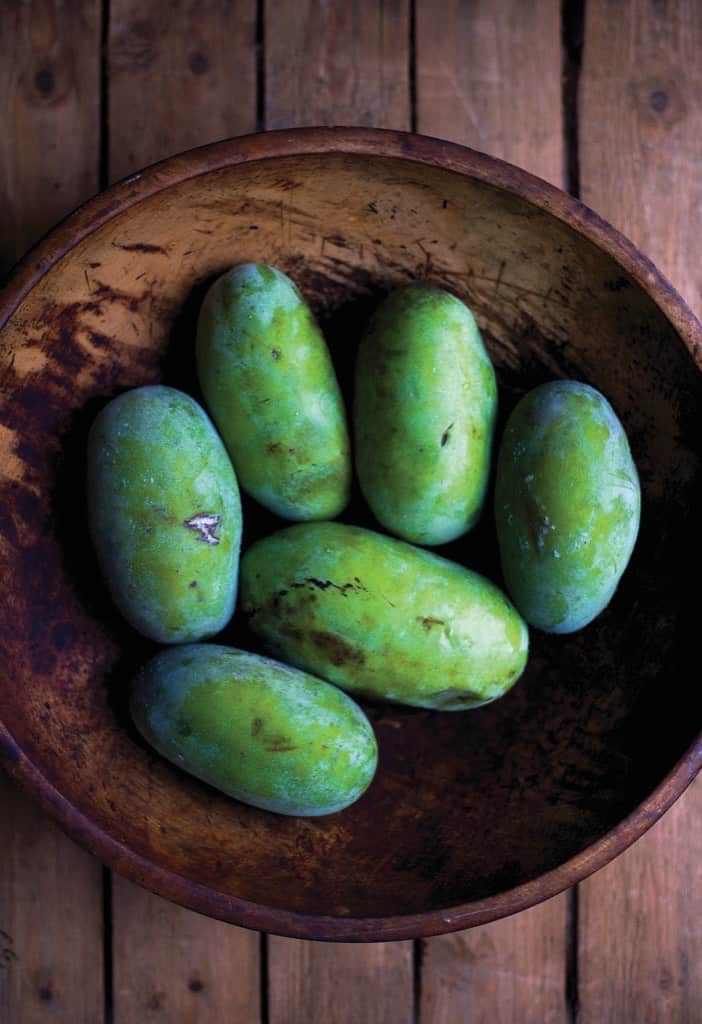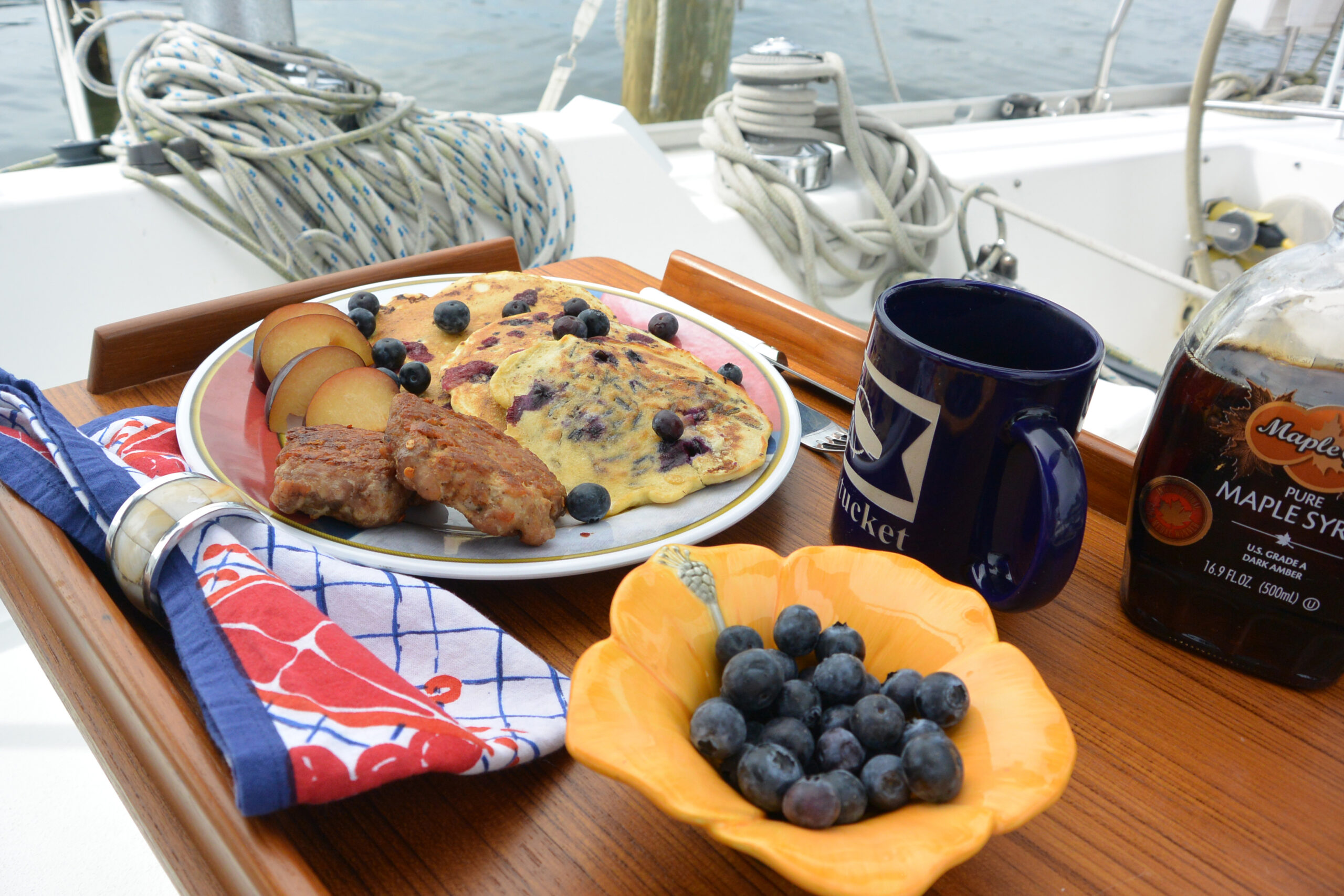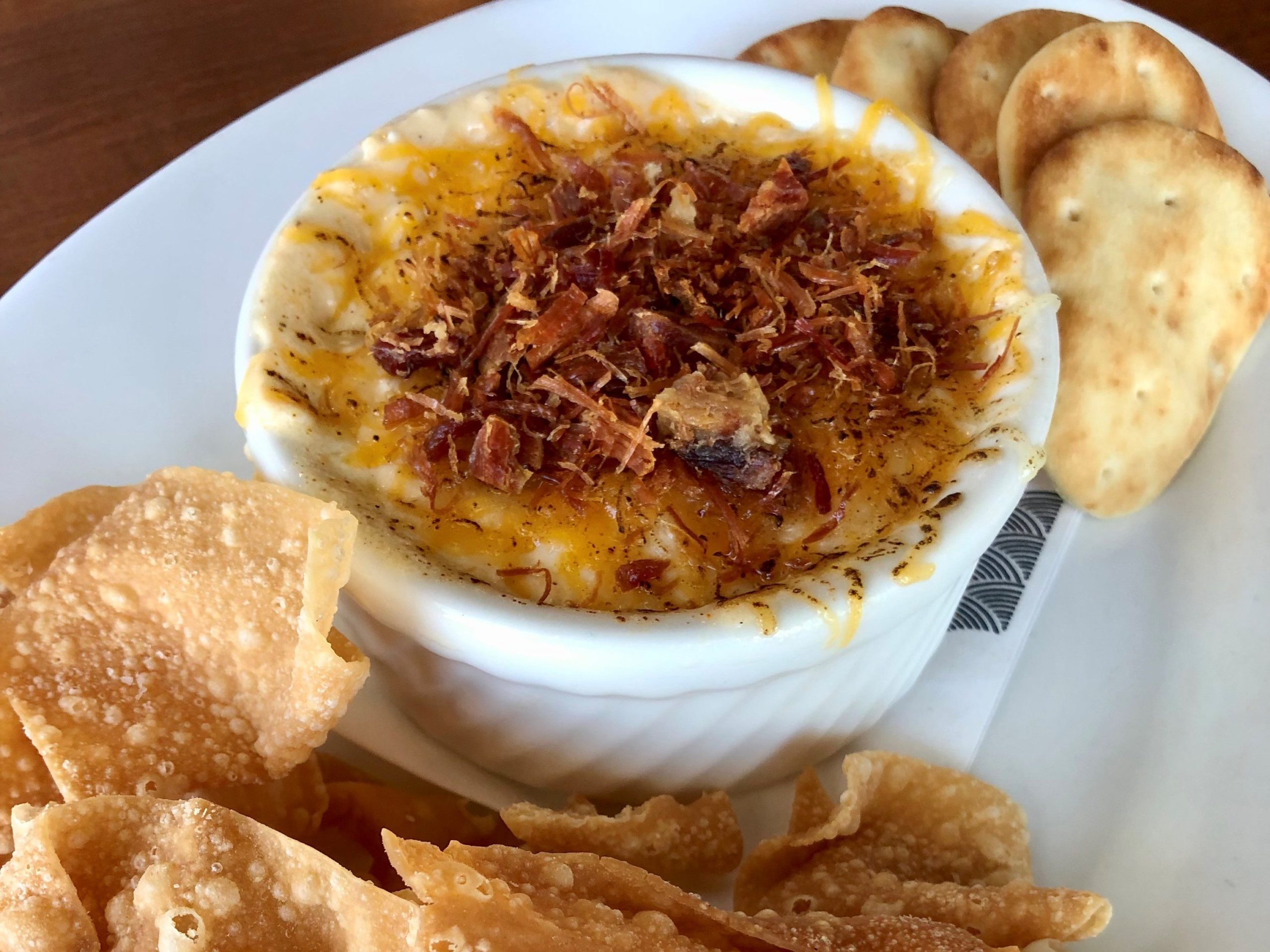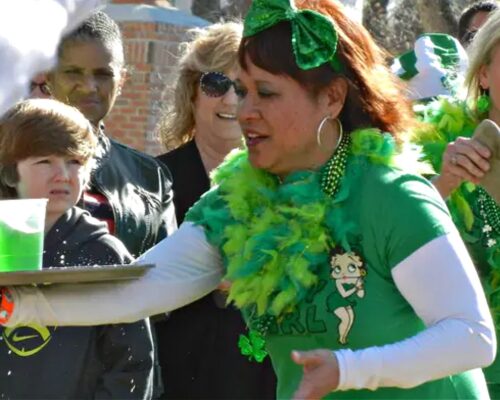Where dedicated foragers search for delicious September fruit.
If you’ve ever taken a stroll through the woods, trying to catch the gurgle of a nearby river through the white noise of swaying branches and rustling leaves as a caressing breeze wafts by, and been stopped dead in your tracks by the unmistakable aroma of rotting meat, take out your phone and drop a pin on that spot because you may have just stumbled into a pawpaw orchard.
If you’ve never heard of pawpaws, it wouldn’t be a surprise. Despite repeated attempts to raise awareness of the fruit, driven mainly by a passionate subset of food obsessives that includes foragers, farmers, chefs, and occasionally writers (ahem), it remains off of mainstream radar. This is probably due to its very short harvest period, compounded by its very high perishability, which makes it impractical as market produce.
The pawpaw is notable for being the largest fruit indigenous to North America. Pawpaw trees grow wild in a very broad range, from Florida to Nebraska and as far north as southern Ontario. It’s also sometimes referred to as the only tropical fruit that grows in a temperate climate, but it is actually a temperate species. The confusion may stem from the etymology of the name pawpaw (or sometimes “paw-paw”), which is said to originate from the word papaya, which the fruit does resemble in shape and color—oblong, ranging from the size of a small peach up to a medium-sized mango, with smooth green or yellow skin. The ripe flesh resembles that of better-known tropical fruits, and it is soft and custardy with mild flavors that are often described as banana-like, sometimes with pineapple and even vanilla notes. Nutritionally, they are similar to bananas—rich in potassium and magnesium and providing ample food energy and protein, but not much in the way of vitamins.
Pawpaws were known to area Native American tribes, who probably spread the plant westward from its native habitat on the East Coast. They were grown by George Washington and Thomas Jefferson on their estates, and famously provided sustenance to the Lewis and Clarke expedition in the early 1800s as they pushed westward and their rations began to dwindle. As trade and technology made other actual tropical fruits that were better suited for retail sale available to the average consumer, American attention for the paw paw waned.
There are many cultivars of pawpaw, mainly because dedicated growers have been experimenting for years to catalog and subsequently breed fruit for desirable qualities, especially ones that would enhance market viability. In Maryland there are several growers—County Pleasure Farm, in Frederick County; and Two Boots Farm and Deep Run Pawpaw Orchard (said to be the largest in the US), in Carroll County. They sell their pawpaws at farmer’s markets and online at earthy.com. Meadowside Nature Center in Rockville hosts the annual Pawpaw Festival in the beginning of September, which is the height of the season.
I found mine growing along the Patuxent River in a secret spot that I hope no one else knows about. Did I mention that the pawpaw is sometimes called a “hipster banana”? These wild pawpaws (cultivar unknown) were smaller, about palm-sized, and had white flesh (it can be yellow), with several characteristic large black seeds (do not eat these) running down the center. The fruit is extremely mild, really just vaguely sweet, with a hint of floral aroma that could, at a stretch, be described as vanilla-y. Texture is somewhere between a banana and a very ripe mango, with lots of juice. For cooking purposes, these would definitely need some added sweetness and possibly acid or salt to enhance the rather meek flavor. As such, pawpaws are best suited for applications with minimal competing flavors or that make use of its texture. Preserves are a no-brainer, but ice creams, pies (especially in a custard base), and quickbreads in place of bananas are common.
If you aim to hunt for them in the wild, note that pawpaw trees prefer shady areas along rivers. The leaves and the trees resemble the more easily identifiable Southern Magnolia, with smooth gray bark, thin main trunks that branch out close to the ground, and large simple ovate leaves. In late spring, pawpaw trees flower in order to pollinate and bear fruit. Its main pollinators are flies, and thus the unpleasant aroma it produces as an attractant. Another visual clue are zebra swallowtail butterflies, which use pawpaw trees as larval hosts. The fruits are found under leaf clusters, and generally ripen in September. There are few visual cues to indicate ripeness, the best method is to find ones that are easily picked or that have already fallen to the ground. And then it’s a race to eat, cook, or freeze as much as you can until next September.
Pawpaw Quickbread
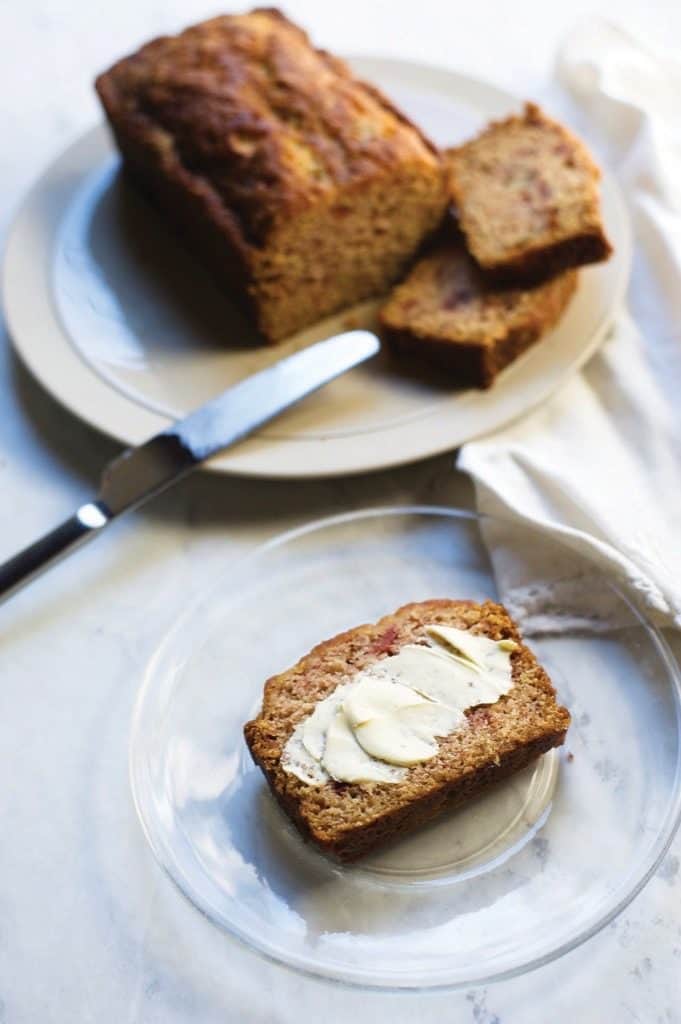
Ingredients
- 4 cups All-purpose flour
- 2 cups pawpaw pulp, seeds removed
- 2 cups chopped pistachios
- 1 cup light brown sugar
- 1 cup sugar
- 1 cup softened butter
- 4 eggs
- 1 Tbs lemon zest
- 2 tsp baking powder
- 1 tsp lemon juice
- 1 tsp vanilla extract
- ½ tsp salt
Preparation
- Preheat oven to 375
- Grease 2 9-x-4-inch loaf pans
- Cream together butter, sugar, and eggs using a mixer or whisk
- Fold in pawpaw pulp, vanilla extract, lemon zest, and lemon juice
- Sift flour with baking powder and salt, and gradually add to wet ingredients
- Stir in nuts and evenly divide batter in the two baking pans.
- Bake for 1 hour and 15 minutes.
*Way Down Yonder in the Pawpaw Patch, you may know, is a traditional campfire song for kids.

